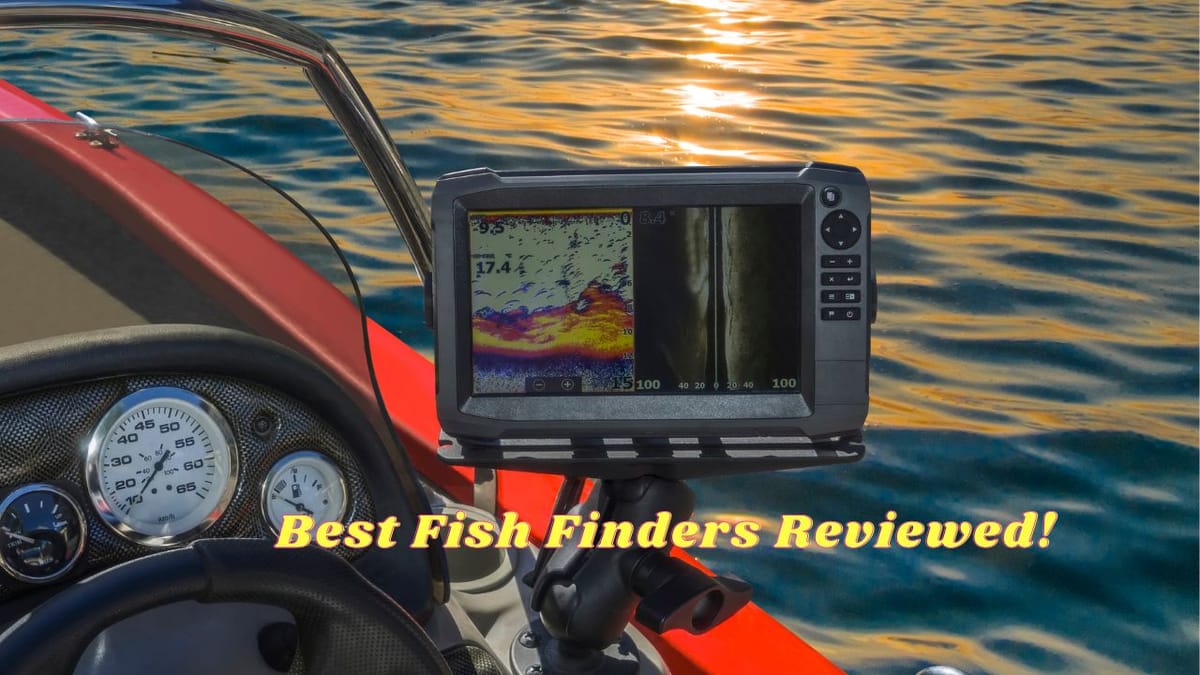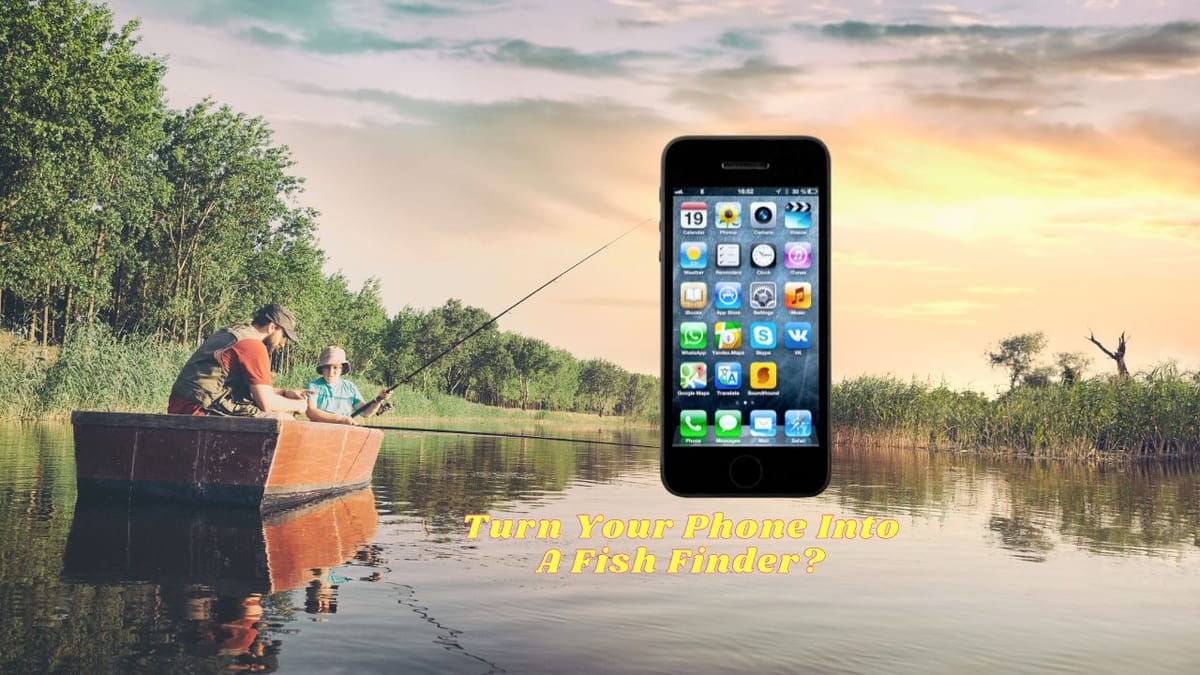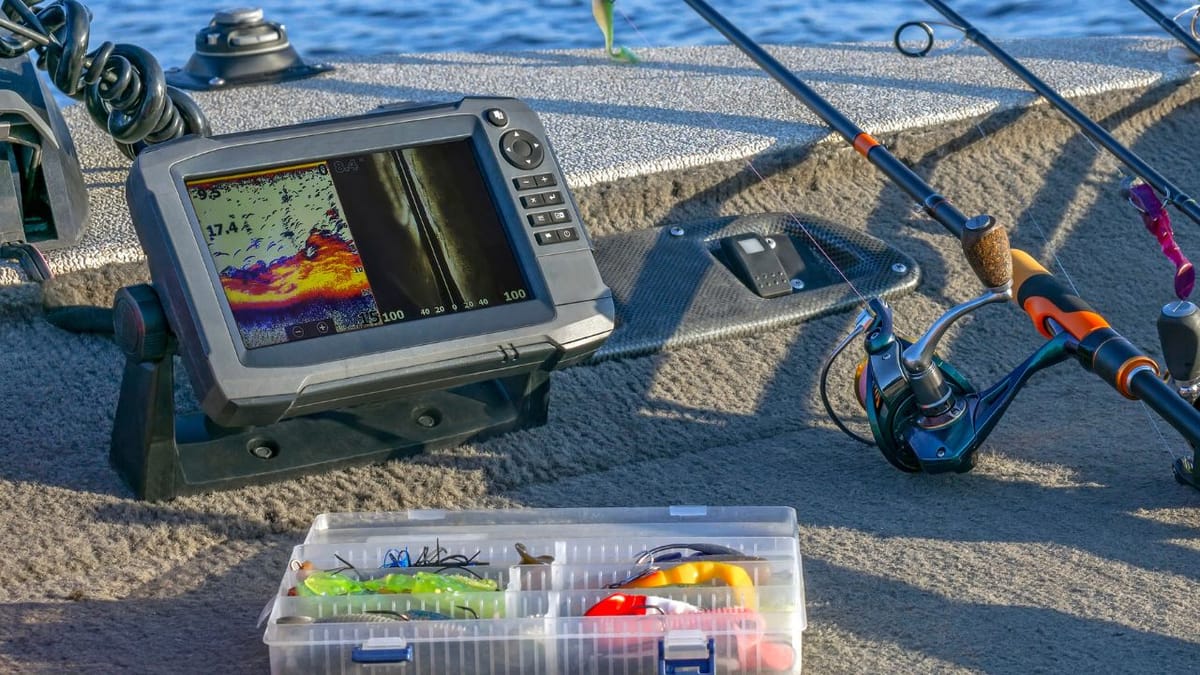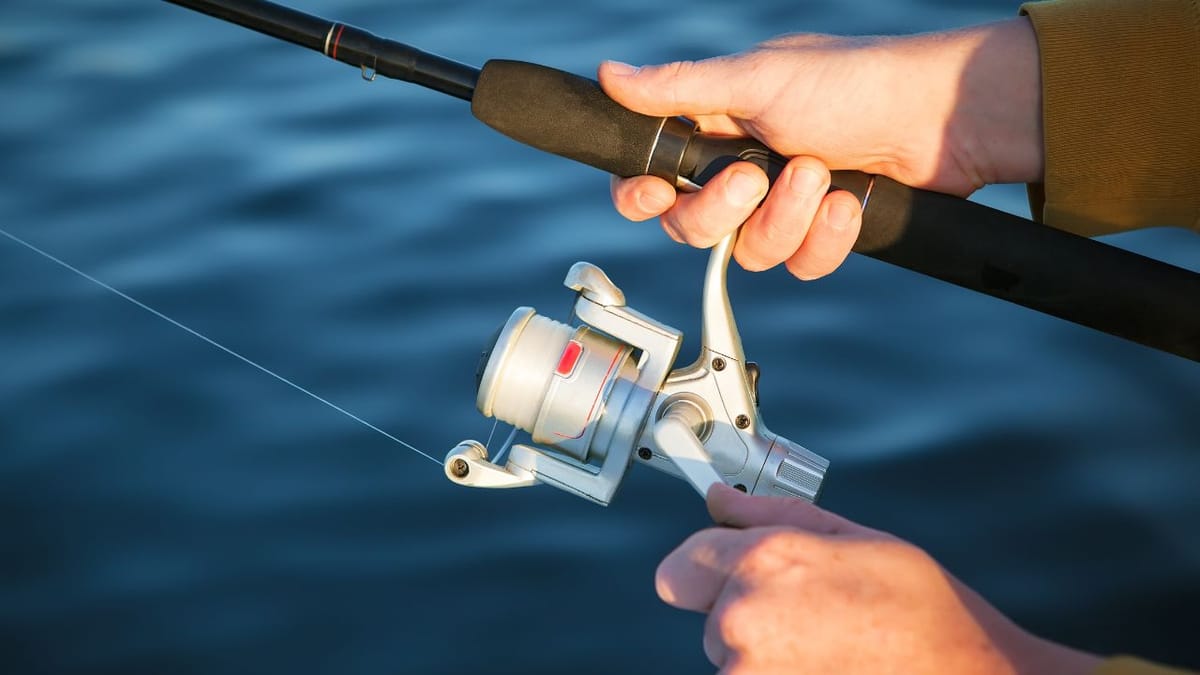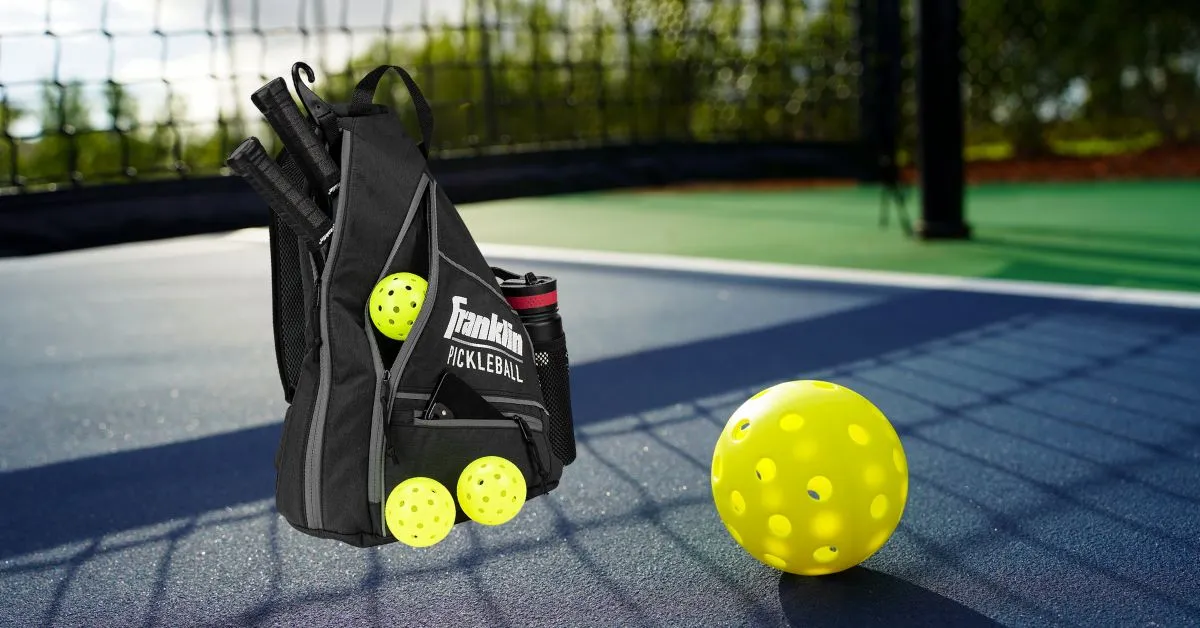Table of Contents
Navigating the waters of modern fishing technology can be as challenging as reeling in a marlin on a windy day. Among the most revolutionary tools in an angler's arsenal is the fish finder, a device that can transform your fishing experience from guesswork to precision. But with a sea of options and features, what do you need to know to choose the right fish finder for your aquatic adventures?
Key Takeaways:
- Understanding the basic functions and types of fish finders can significantly improve your fishing experience.
- Key features like frequency, power, and screen resolution are crucial when selecting a fish finder.
- Integrating GPS and mapping with your fish finder can enhance navigation and fish tracking.
With detailed and rigorous research, we provide our readers with the finest recommendations. Our recommendations are our opinions. Our cause is backed by reader support- for every click made through one of our affiliates links, a commission may be earned at no extra expense to you! As an Amazon Associate, Reviewsopedia may earn a commission from qualifying purchases. Thank you and enjoy!
The Basics of Fish Finders
Fish finders are electronic devices that use sonar technology to detect underwater objects, primarily fish, by sending out sound waves and interpreting the echoes that bounce back. The primary components of a fish finder include the display, transducer, and the main unit which processes the sonar information. When choosing a fish finder, it's essential to understand how these components work together to provide you with the best possible information about what's beneath your boat.
The display is your window into the underwater world, showing you the depth, bottom contour, and, of course, the fish. The transducer is the part of the device that emits and receives the sonar signals. Its performance is critical to the quality of the information you receive. The main unit is the brain of the operation, processing the data from the transducer and translating it into an image on the display.
Types of Fish Finders
There are several types of fish finders on the market, each with its own set of features and capabilities. The most common types are standalone fish finders, which are great for small boats and simple fishing setups. Combo fish finder/GPS units are perfect for anglers who want navigation integrated with their fish finding capabilities. For the tech-savvy angler, networked systems offer a range of possibilities, including radar, video, and data sharing between multiple units.
When deciding on the type of fish finder, consider your fishing habits, the size of your boat, and how much you're willing to invest. Standalone units are typically more affordable and easier to use, while networked systems offer more features and flexibility but at a higher cost.
Understanding Frequencies
The frequency of a fish finder affects how wide and deep the sonar wave can travel. Low-frequency sonar (50-200 kHz) is ideal for deep water as it penetrates further but offers less detail. High-frequency sonar (200 kHz to 800 kHz and above) provides more detail and is better for shallow water but doesn't penetrate as deeply.
For most recreational anglers, a dual-frequency fish finder that can switch between low and high frequencies offers the best of both worlds. This allows you to adjust your approach depending on the depth of water you're fishing in.
Power and Sensitivity
The power of a fish finder is measured in watts (RMS). Higher power means the sonar wave can travel deeper and return clearer images. If you fish in deep water or want the clearest picture possible, look for a unit with high wattage. Sensitivity is also crucial as it determines how well the fish finder can detect fish and structure, especially in deeper water or when fish are close to the bottom.
Adjustable sensitivity is a feature to look for, as it allows you to fine-tune the fish finder's performance to match the conditions you're fishing in. This can mean the difference between identifying a school of fish and missing them entirely.
Screen Resolution and Color
The screen resolution of your fish finder is measured in pixels. The more pixels your screen has, the more detail you can see. A higher resolution screen will show you a clearer image, which can be particularly helpful when trying to distinguish fish from other underwater structures.
Color screens are generally better than black and white as they provide a clearer picture and make it easier to differentiate between objects. They also perform better in bright sunlight, which is an important consideration if you'll be fishing during the day.
GPS Integration and Mapping
Many modern fish finders come with integrated GPS and mapping capabilities. This feature allows you to mark productive fishing spots, create routes, and view detailed maps of the water body you're fishing in. GPS integration is invaluable for navigating unfamiliar waters and can help you return to a previously successful spot with ease.
Mapping software can also show contour lines, which represent the shape of the bottom and can help you identify underwater structures where fish might congregate. Some units even allow you to create your own maps based on the sonar data collected during your fishing trips.
Portability and Installation
For anglers who fish from kayaks, small boats, or ice fish, portability is a key consideration. Portable fish finders are compact, easy to transport, and often come with their own carrying case and battery. They can be quickly installed and removed, making them ideal for temporary setups or rental boats.
Installation of fixed fish finders can be more complex, requiring mounting the display and transducer and connecting them to a power source. It's important to follow the manufacturer's instructions carefully or consider professional installation to ensure optimal performance.
Connectivity and Networking
Networking capabilities in fish finders allow you to connect multiple devices, share data, and even control your fish finder remotely. This can include connecting to your smartphone or tablet for additional display options or sharing waypoints and sonar data with other anglers.
Wireless connectivity is becoming more common in fish finders, offering convenience and expanded functionality. Look for units with built-in Wi-Fi or Bluetooth if this is a feature that interests you.
Durability and Weather Resistance
Fishing electronics are exposed to harsh conditions, including water, sun, and temperature fluctuations. A durable fish finder with weather-resistant properties is essential for longevity and reliability. Look for units with waterproof ratings and UV-resistant screens to protect against the elements.
It's also worth considering the warranty and customer support offered by the manufacturer. A good warranty can give you peace of mind, while responsive customer support can be invaluable if you encounter any issues with your device.
Price vs. Quality
Fish finders range in price from under $100 to several thousand dollars. While it's tempting to go for the cheapest option, investing in a quality fish finder can pay off in the long run. Higher-priced units often come with better screens, more power, and advanced features that can make a significant difference in your fishing success.
However, it's important to balance cost with your specific needs. A mid-range fish finder may have all the features you need without breaking the bank. Consider what features are most important to you and look for the best value within that range.
Summary
Fish finders are a game-changer for anglers, offering a glimpse into the underwater world that was once left to guesswork. Understanding the basics, types, frequencies, power, and additional features like GPS and mapping can help you make an informed decision when purchasing a fish finder. Remember to consider portability, durability, and the balance between price and quality to find the unit that best fits your fishing style and budget.
FAQ Section
Can fish finders be used in all types of water bodies?
Yes, fish finders can be used in various water bodies, including lakes, rivers, and oceans. However, you may need to adjust the settings or choose a specific type of fish finder depending on the depth and salinity of the water.
Do I need a fish finder with GPS?
While not strictly necessary, a fish finder with GPS adds significant value by allowing you to navigate and mark fishing spots accurately. It's especially useful if you fish in large or unfamiliar bodies of water.
How do I maintain my fish finder?
To maintain your fish finder, regularly clean the screen and transducer with fresh water, check connections for corrosion, and store the device in a dry, cool place when not in use. Always refer to the manufacturer's guidelines for specific maintenance advice.
Other Related Articles
